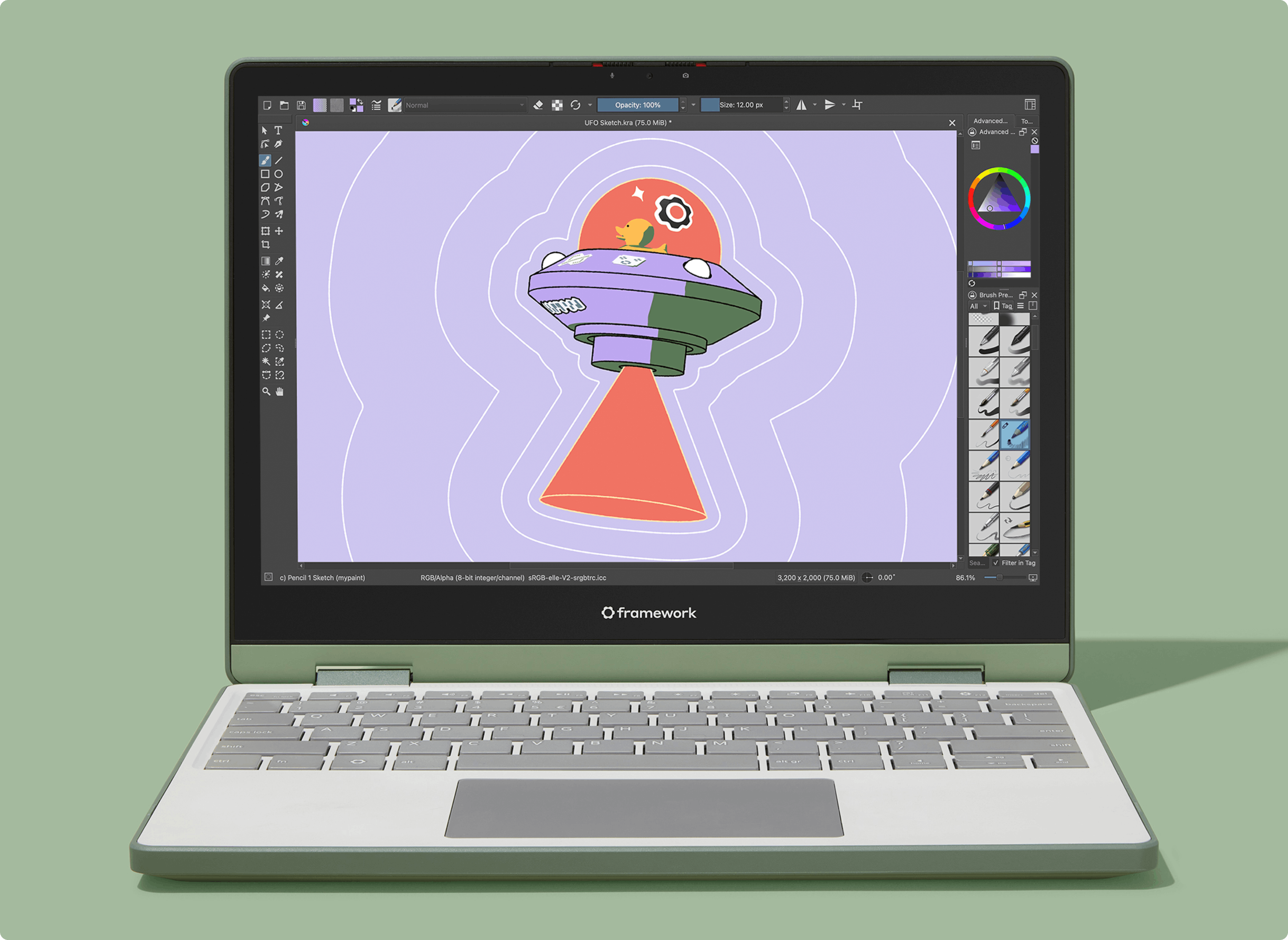From agriculture to AI, each major economic revolution is driven by a new kind of value conversion: a way of transforming one type of value into another.
These revolutions are not defined by a single invention, but by a sequence of innovations: a core conversion, the infrastructure to scale and distribute various innovations, and the technologies that reduce the cost of distance and delays. We shall analyse six major revolutions through this lens and show how each laid the groundwork for the next.
Technological revolutions
There are seven key components to each technological revolution:
- Core conversion: a new capability that transforms one form of value into another. Value can be either tangible (e.g. natural resources and goods) or intangible (e.g. trust, information, and actions).
- Scaling infrastructure: physical systems that make the conversion repeatable and cost-efficient at scale.
- Spatiotemporal compression: tools that shrink the cost of distance or time in the economy by i) increasing connectivity, ii) reducing the latency of interactions, or iii) expanding the scale or speed of economic coordination.
- Key resources: physical or non-physical ingredients that are needed in the core conversion recipe.
- Economic mode: each technological revolution has its own dominant way of creating and capturing value.
- Centralization/decentralization arc: core conversions start centralised to exploit economies of scale, but as complementary technologies lower transaction costs, production disperses.
- Administrative innovations: standards and bureaucratic tools to support the technological revolution at scale and across geographical areas, which may or may not be from the era itself.
Each technological revolution is also a bridge to the next revolution, in that its innovations enable the next one to thrive.
Timeline
In the table below, I have summarized the pattern for the agricultural, financial, and four industrial revolutions:
The ((core conversion)) is made efficient thanks to ((scaling infrastructure)) to turn ((key resources)) into ((economic mode)) products and services, first centrally in ((centralization arc)) and later decentralized in ((decentralization arc)). The economy is made more interconnected and reduces distance or time between interactions because of ((spatiotemporal compression)). This is all made possible because of supportive ((administrative innovations)).
More details on the four industrial revolutions (IRs) can be found in Late to the Revolution.
| Agricultural (ca. 10 000 BCE) | labour → food |
|
|
|
surplus (food) | (temple) granaries → feudal land tenure |
|
Surplus enables cities and specialization |
| Financial (ca. 1600) | trust → credit | credible institutions (e.g. banks) |
|
promises (of future payments) | capital | state-chartered banks and stock exchanges → bond markets and merchant credit networks |
|
Capital markets fund massive infrastructure initiatives (IR1) |
| IR1 (1760–1840) | heat → motion | steam engine |
|
|
industrial products (e.g. textiles) | factories → workshops / factory hubs | patents (with time-limited monopolies) | Country-wide logistics needed for distributed power production (IR2) |
| IR2 (1870–1914) | chemical → motion |
|
|
|
mass consumer goods (e.g. appliances, cars) | power plants → cars (ICE) |
|
Electrification and global logistics enable mass media and automation (IR3) |
| IR3 (1950–2000) | electricity → information | electronics |
|
|
|
mainframes → PCs | digital protocols (e.g. TCP/IP, APIs) | Networked computing enables intelligent autonomous systems (IR4) |
| IR4 (2010–present) | information → action | AI |
|
|
autonomous agents | cloud → edge |
|
Automated decision-making enables planetary-scale (self-)optimization |
Prior to the agricultural revolution, (decentralized) family farms were the norm. It is common for a technological revolution to centralize the core conversion initially to make it more efficient and scalable. Afterwards, the conversion is dispersed, such as with settlements connected to the same temple/palace granaries through trade networks and much later tenancy of land in feudal economies.
Why it matters
Each core conversion is a textbook general-purpose technology (GPT). Most mainstream models describe what happens, but not why; they focus on the diffusion of specific technologies, but not the functional shift those technologies cause.
This model helps us ask:
- What kind of conversion do we bet on next?
- What infrastructure must be built to scale it?
- What barriers in space and time need to be collapsed?
- What are the primary resources and who controls these?
- How will the economic mode shift once it becomes mainstream?
- Where are we in the centralization/decentralization arc and how can we disperse its benefits better?
- What administrative tools are required to support it?
The answers to these questions help us not only explain the past, but anticipate what kind of futures are possible, and what each requires to succeed. The model can also guide policy decisions: instead of wondering what the next gadget is, we can invest wisely in scaling infrastructure, tools for spatiotemporal compression to ensure the benefits from the core conversion technology are spread far and wide, and appropriate regulation to ensure interoperability.
The pattern of initial centralization and later decentralization is clear across all six technological revolutions, which means we can anticipate that after the initial infrastructure investments of today, we may need planetary sensor grids to ensure we can tackle challenges such as climate change appropriately.
Modern medicine, antibiotics, and vaccines have added many years to global life expectancy. While that is an immense welfare gain, it does not constitute a new technological revolution in this framework: there is no new value conversion. Each medical breakthrough still relies on the prevailing infrastructure and logistics. Medical gains do amplify revolutions, as healthier people work longer, learn more, and innovate faster.
Where does quantum fit?
Quantum computing sits inside IR4 as a supportive technology accelerator, similar to GPUs. For specific computations in cryptography, chemistry, machine learning, and optimization, quantum computers are expected to deliver massive speed-ups. Certain intractable problems may only be solvable on quantum devices in the future. This may lead to novel materials and pharmaceuticals, provide significant performance boosts in training AIs, or improve global logistics and supply chains. Like steam in the 1770s and semiconductors in the 1950s, quantum computing is still in the lab, but it will be transformative once it is ready for the real world, which is about 5–10 years from now.
What’s next?
Every revolution is won or lost on the boring stuff: standards, infrastructure, and fair access. Steam needed rails, electricity needed wires, and IR5 will need a planetary-scale layer of data and compute that is open, resilient, and reachable by everyone.
Policy makers have three levers that have already been proven:
- Mandate open, royalty-free standards for data, APIs, and edge hardware: interoperability cuts compliance costs and boosts competition.
- Treat broadband and smart grids as 21st-century railroads: a 10 percent increase in broadband penetration bumps GDP by up to 1.4% and smart grids have a 10× ROI.
- Build digital public infrastructure to flatten inequality: instant payments slash merchant fees and pull millions into the formal economy.
So, invest in standards, digital infrastructure, and parity now, or spend the next decades paying a coordination tax that no technology can offset.









 English (US) ·
English (US) ·